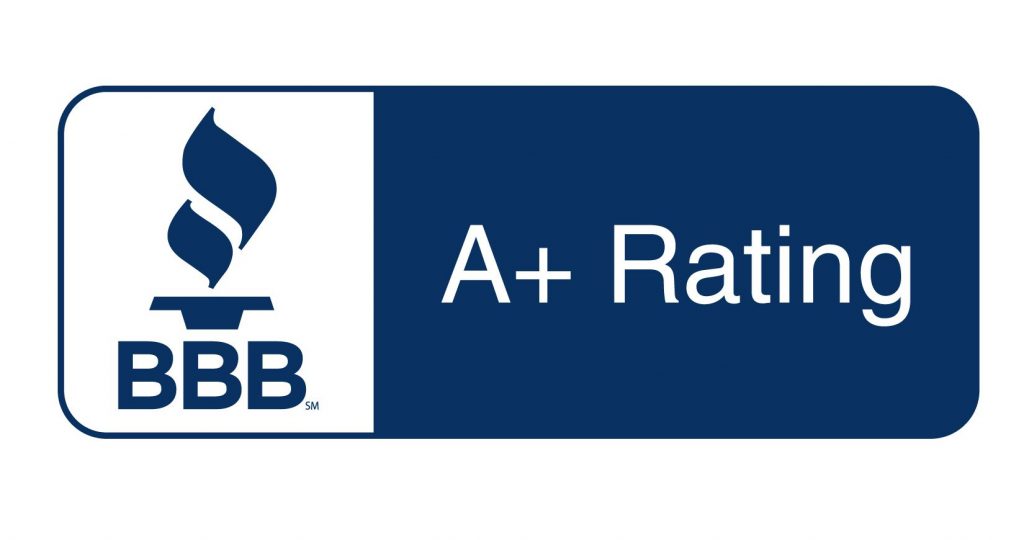The Most Practical Choice?
There are a number of Medicare supplement plans available to you, but the high-deductible Plan G may be the most practice option. High deductible plans are associated with lower monthly premiums and higher out-of-pocket costs.
Medigap Plan G Coverage
Of all the ten Medigap policies, Medigap Plan G provides the most comprehensive coverage. Plan G has no annual deductibles or out-of-pocket costs for procedures covered by Original Medicare.
Of course, because it provides comprehensive coverage, its monthly premium is the most expensive when compared to other Medigap plans. Even so, it remains the most popular Medigap plan because of the excellent coverage it provides its members.
Plan G includes the following benefits:
- Part A coinsurance and up to an additional 365 days of hospital costs after Medicare benefits are exhausted
- Part B coinsurance/copayment
- Blood (3 pints)
- Part A hospice coinsurance/copayment
- Skilled nursing facility care coinsurance
- Part A deductible
- Part B excess charge
- 80% of foreign travel exchange
- No out-of-pocket limit
The high-deductible version of Plan G, also referred to as Medigap High-G, has the exact same coverage, but with lower monthly premiums. The annual deductible, however, is $2370 and your . After you have met this deductible and the Part B deductible (which is currently $203 per calendar year), High Deductible Plan G will begin paying 100% of any service covered by Medicare.
Prior to the deductible, Original Medicare will still continue to cover 80% of the covered costs.
How Much Does Medigap Plan High-G Cost?
Medigap Plan G averages between $100-$200 per month, depending on the carrier, location, and the member’s age. Medigap Plan High-G, however, has premiums as low as $40-$90 per month.
Who Is Best-Served by the High-Deductible Plan G?
One example of an individual who would benefit from Plan High-G is someone who is at the “break-even” age.
A client’s yearly savings in Medigap High-G premiums compared to Medigap G premiums will reach or surpass the annual deductible at some age. This is known as the “break-even” age.
There is no one break-even age. The age at which an individual breaks even depends on what that individual is paying for the policy. As we’ve discussed, that depends on the carrier, location, and age of the member.
Let’s discuss an example using an 80-year-old male.

This man is currently paying an annual premium for Medigap Plan G of $3150. If he were to switch to Medigap Plan High-G, his annual premium would drop to $800. That’s a difference of $2350, almost the exact amount as the amount needed to meet the high deductible of Plan High-G.
If this man is also in fairly good health, it may make sense to switch him to the High-G plan, as he may never have enough expenses to meet the deductible, thereby saving him some money overall.
Arriving at the break-even age is not the only reason to consider a high deductible Medigap plan.
It’s also a great choice for Medicare beneficiaries who need lower monthly premiums, are financially stable enough to afford the high deductible, rarely visit the doctor, often travel outside of the country, or live in a state that allows Part B excess charges.
Another great example is one in which the Medicare beneficiary sees doctors outside their area of coverage.
If a man purchases a Medicare Advantage plan with a low premium, he will be limited to seeing providers in his area of coverage, which is based on where he lives.
However, if he is unable to transport himself to doctor’s offices, he may rely on someone to transport him that lives outside of his area of coverage. If these visits are frequent, it may mean switching to doctors who live closer to the person providing transportation.
Since those providers will be outside of his Part C plan’s network, he will end up paying much more to receive care from them.
This man could switch to Medigap Plan High-G, still enjoy the lower monthly premiums, and see a larger area of providers that will all fall under the plan’s network.
Who Should NOT Consider the High-Deductible Plan G
Simply put, beneficiaries who are not near the break-even age, are in poor health and require frequent visits to their doctor, and who do not have a safety net of savings should not consider Medigap Plan High-G.
Other High-Deductible Options
Currently, the only other high-deductible Medigap Plan is Medigap Plan High-F. It is very similar in coverage to Plan G, but this plan is not available to anyone who turned 65 after January 1, 2020.
Medicare Advantage plans also offer high-deductible options.
HSA: A Great Way to Pay Your High Deductible
A high-deductible Medigap plan may also look appealing to those who had high-deductible health insurance plans with their employer prior to retirement.
These high-deductible, non-Medicare plans allowed their members to also open a Health Savings Account (HSA). Individuals with an HSA enjoy major tax benefits.
The money they contribute is done so prior to being taxed, can be invested and grow tax-free, and can then be spent on medically-related services tax-free.
Many people use HSAs as a form of savings for retirement and the medical costs associated with getting older. If you had an HSA while employed, this would be a great source of cash to use when paying for the higher deductible for Plan High-G.
If you want to find out if Medigap Plan High-G is a practical choice for you, give us a call! We can see how close you are to the break-even age, and also discuss your current healthcare needs to see if a high-deductible plan makes sense for you.





